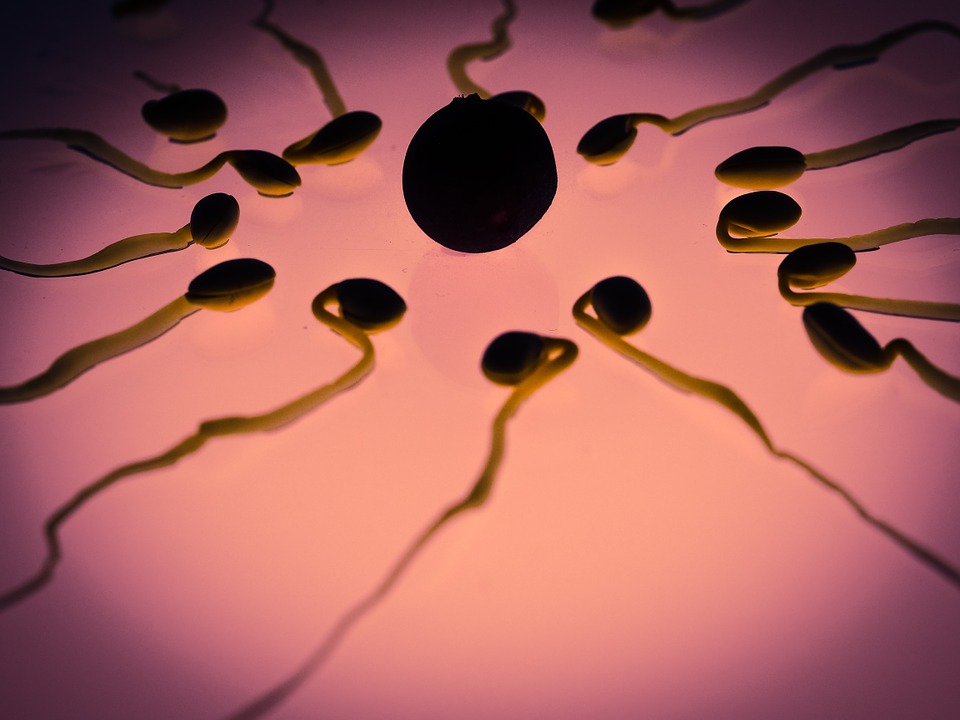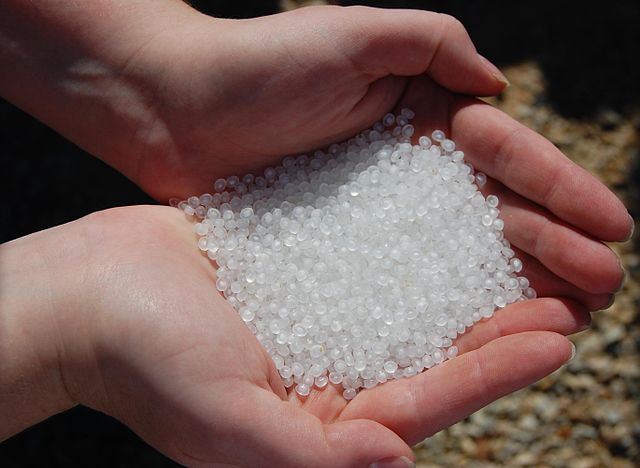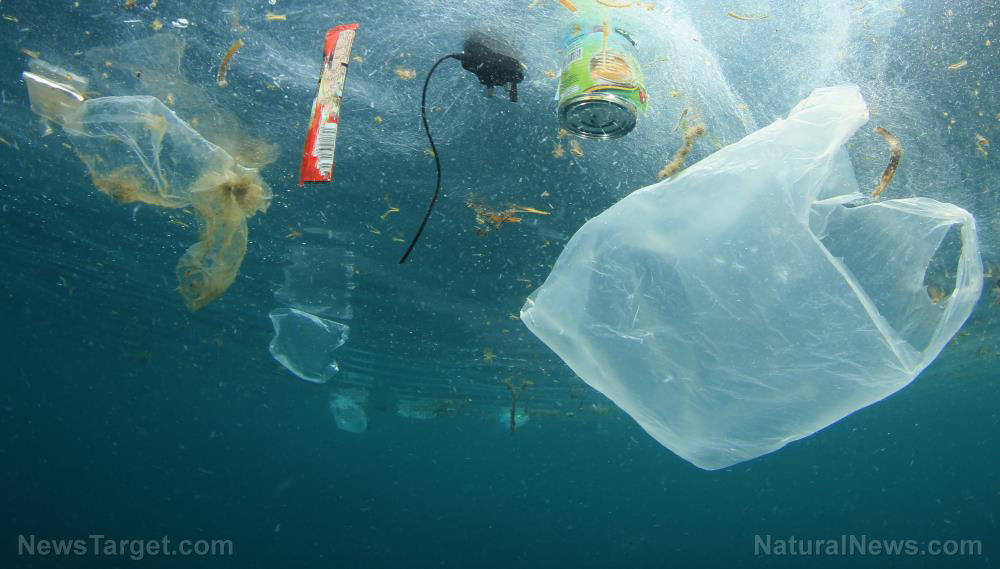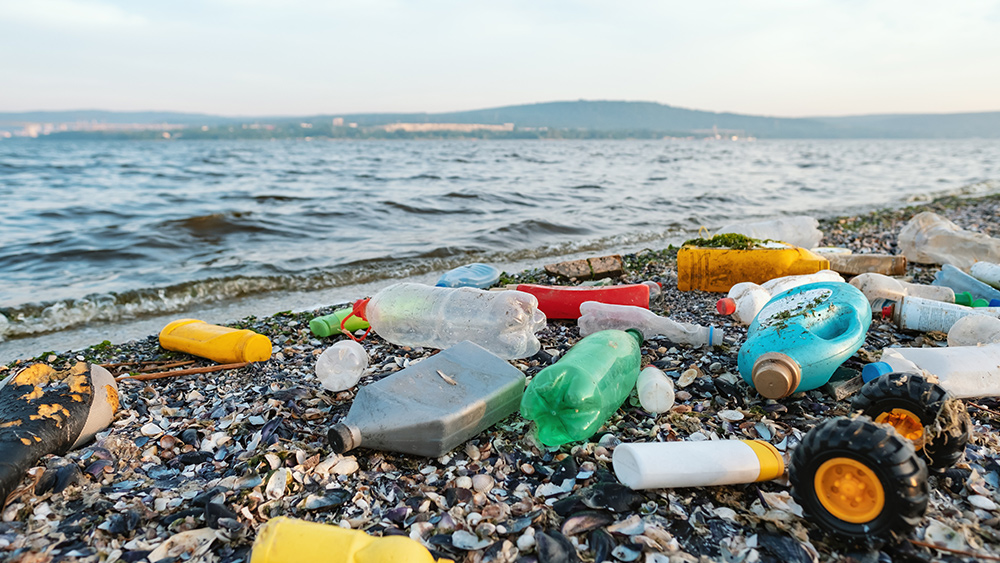Sperm counts rapidly declining on all continents, meta-analysis finds
03/08/2023 / By Lance D Johnson

Over the past 50 years, male populations have been emasculated by endocrine-disrupting chemicals. According to a newly updated meta-analysis, which includes 2,936 abstracts and 868 full articles, total sperm count and sperm concentration have fallen steadily every year since 1972. Overall, sperm counts have decreased by more than 50% over a 50-year period. Male infertility rates are becoming a public health crisis.
The new meta-analysis, published in the journal Human Reproduction Update, analyzes sperm count data from 38 studies conducted on six continents. From 1972 to year 2000, sperm counts have decreased by an average of 1.16% every year. Since 2000, infertility rates have continued, at over twice that rate. Total sperm count has declined by 2.64% annually over the past 22 years! The male infertility epidemic spans North America, Europe, and Australia, and also South and Central America, Asia, and Africa.
“The aim of this study was to examine trends in sperm count among men from all continents. The broader implications of a global decline in sperm count, the knowledge gaps left unfilled by our prior analysis, and the controversies surrounding this issue warranted an up-to-date meta-analysis,” said the authors.
Endocrine disruption and malnutrition have weakened the modern male and female
Endocrine disruptors interfere with the body’s hormones — the chemical messages that are vital to male and female development. Endocrine disrupters may compete with normal testosterone, estrogen, androgen and progesterone levels. They may directly interfere with the function of the glands, such as the thyroid, testes, and ovaries. Over time, these disruptions can lead to: dysmenorrhea (painful menstruation), uterine fibroids, thyroid problems, insulin resistance and Type-2 diabetes, weight gain, metabolism issues, premature breast development, less masculine behavior in boys, inhibition, low sperm count, abnormal sexual development of fetuses, miscarriage, mood swings and behavioral issues, endometriosis and ovarian cysts, compromised immune function, and infertility.
Endocrine disruptors are ingested, absorbed through the skin, and inhaled in the air. They are derived from everyday household items, such as plastic bottles and containers, metal food can liners, detergents, flame retardants, toys, receipts, and pesticides.
Common endocrine disruptors include herbicides and pesticides such as glyphosate, atrazine, organophosphates, DEET, DDT, 2, 4-D pesticide, and the inert ingredients in Roundup. Heavy metals such as mercury, lead, arsenic, and aluminum also compete with nutrients, negatively affecting proper hormone signaling. Plastic chemicals are pervasive endocrine disruptors. These include BPA, styrene, parabens, toluene, phthalates, (diethylhexyl phthalate) dioxins, and PCBs. Common household scented products contain fragrance chemicals that disrupt hormones. Products like laundry detergent, scented plugins, sunscreens, chlorine, fluoride, and polyfluoroalkyl and perfluoroalkyl substances (PFASs) are all toxic to fertility.
Endocrine disruptors compete with testosterone and androgens, convert testosterone to estrogen
Most of these endocrine disrupting chemicals take a long time to degrade in the environment, and many embed in the fatty tissues of the body, exerting their toxic effects over time. Most importantly, these disruptors affect fetal maturation and sexual differentiation in the early stages of pregnancy. The chemicals can stop the production of testosterone in utero, negatively affecting the sexual development of the male fetus. Phthalates will occupy the androgen and testosterone receptors, telling the body to produce less testosterone.
“The proliferation of estrogenic chemicals is a major concern,” says Robin Bernhoft, M.D., former president of the American Academy of Environmental Medicine. “Research has shown that 80 percent of male trout in Colorado had intersex genitalia, a high percentage of male crocodiles in Florida lack penises, and so forth. This is happening on many levels: Direct toxicity from PCBs, direct estrogenic effects from plastics, pesticides, and mercury among other toxins—but also a secondary effect—the stimulation of aromatase, a hormone which then converts testosterone to estrogen independently of the other factors. Pollution in general … stimulates aromatase which then converts available testosterone to estrogen. It is quite scary.”
Sources include:
Submit a correction >>
Tagged Under:
androgen, artificial fragrances, depopulation, dioxins, endocrine disruption, environment, estrogen, fertility, fetal development, herbicides, male infertility, men's health, PCBs, phthalates, poison, research, sperm counts, testosterone, toxic chemicals, toxic ingredients, toxins
This article may contain statements that reflect the opinion of the author
RECENT NEWS & ARTICLES
Microplastics.News is a fact-based public education website published by Microplastics News Features, LLC.
All content copyright © 2018 by Microplastics News Features, LLC.
Contact Us with Tips or Corrections
All trademarks, registered trademarks and servicemarks mentioned on this site are the property of their respective owners.




















